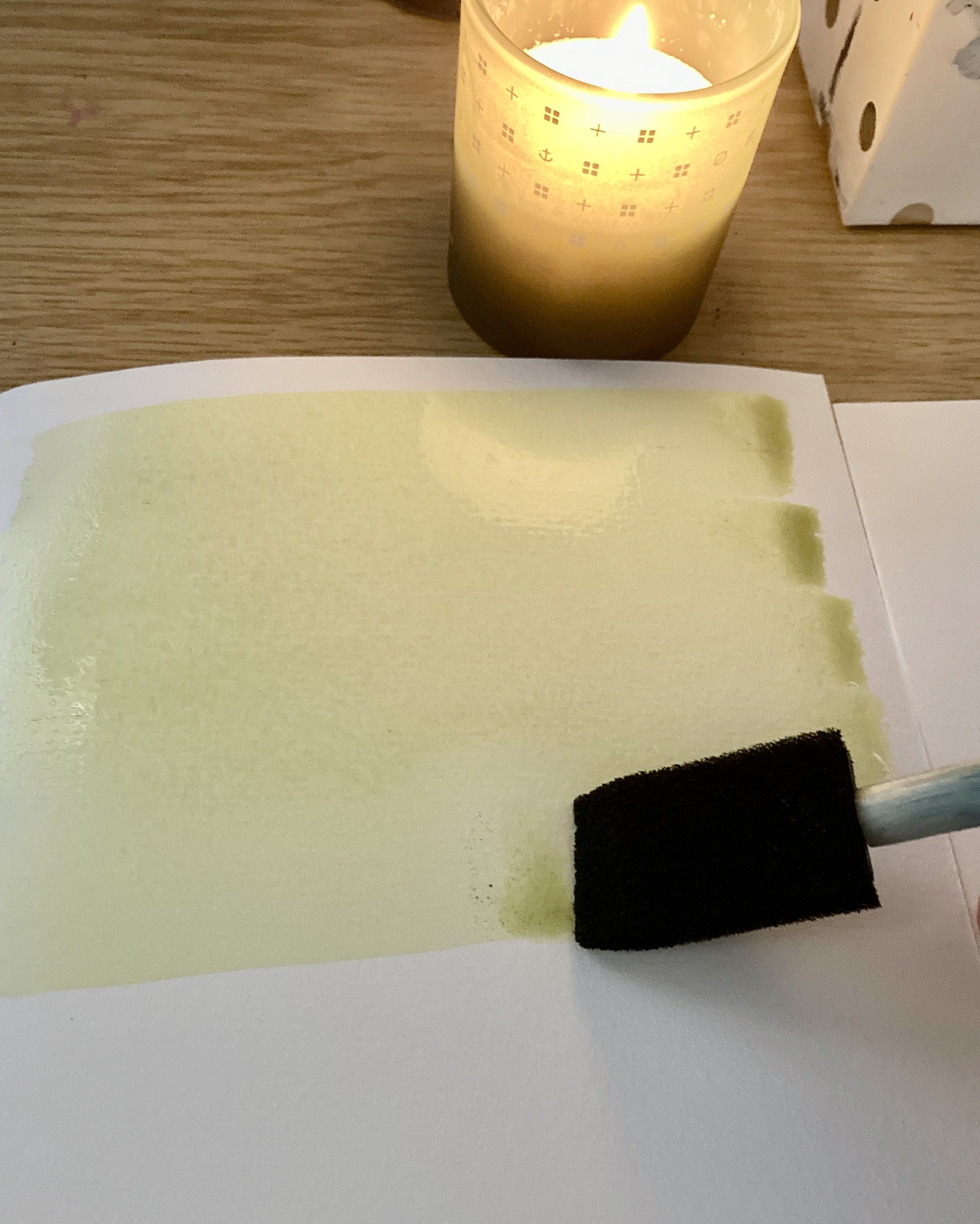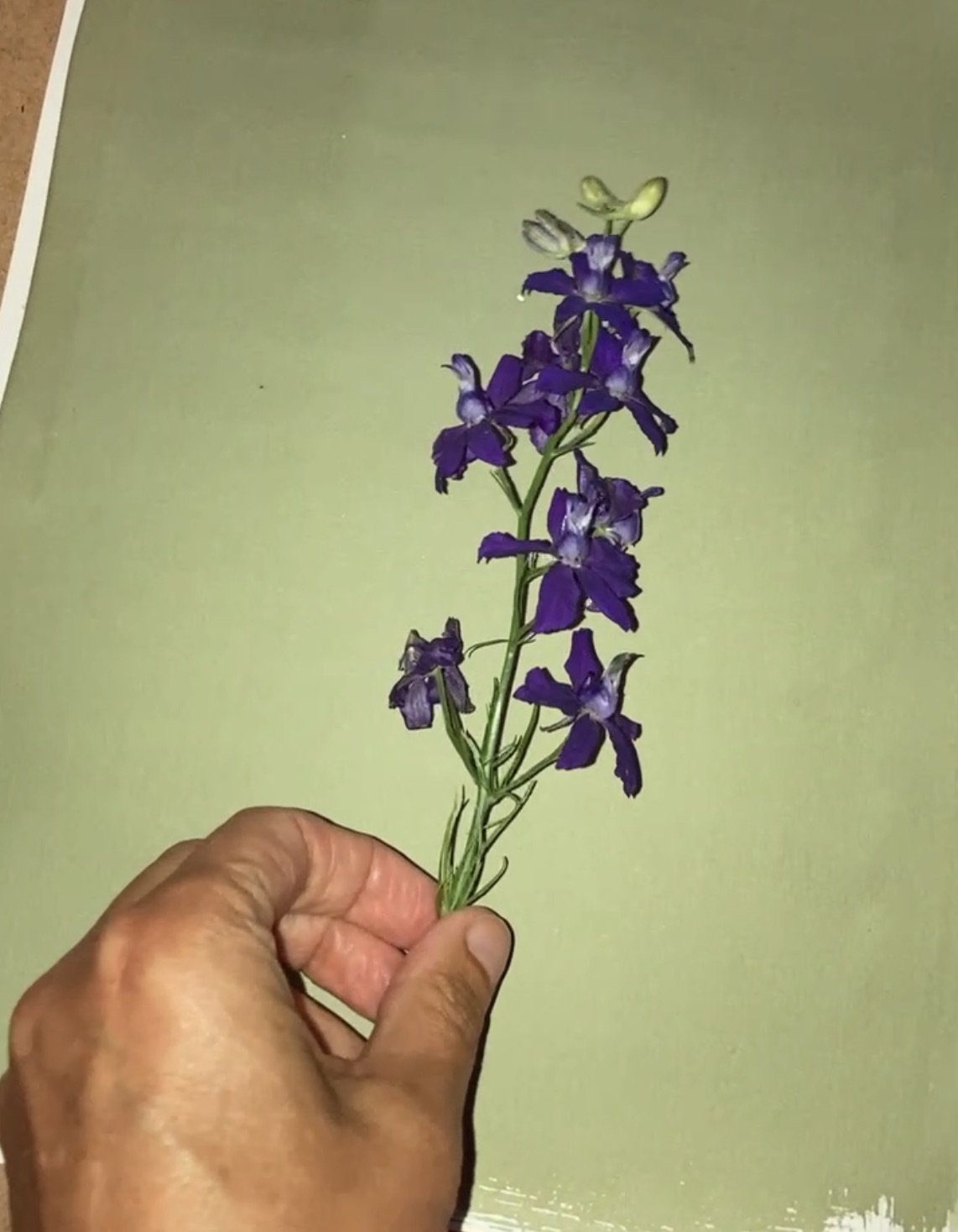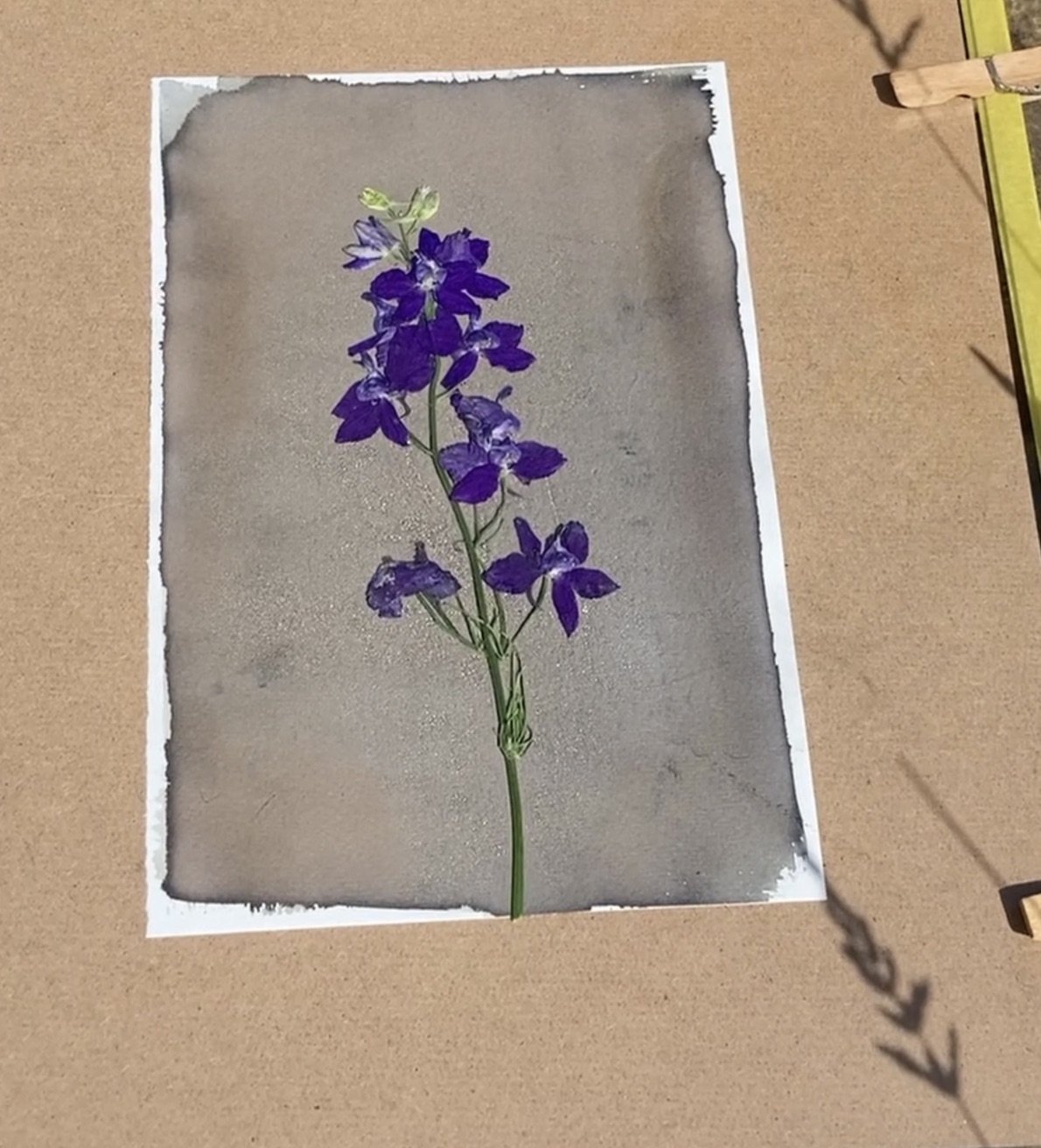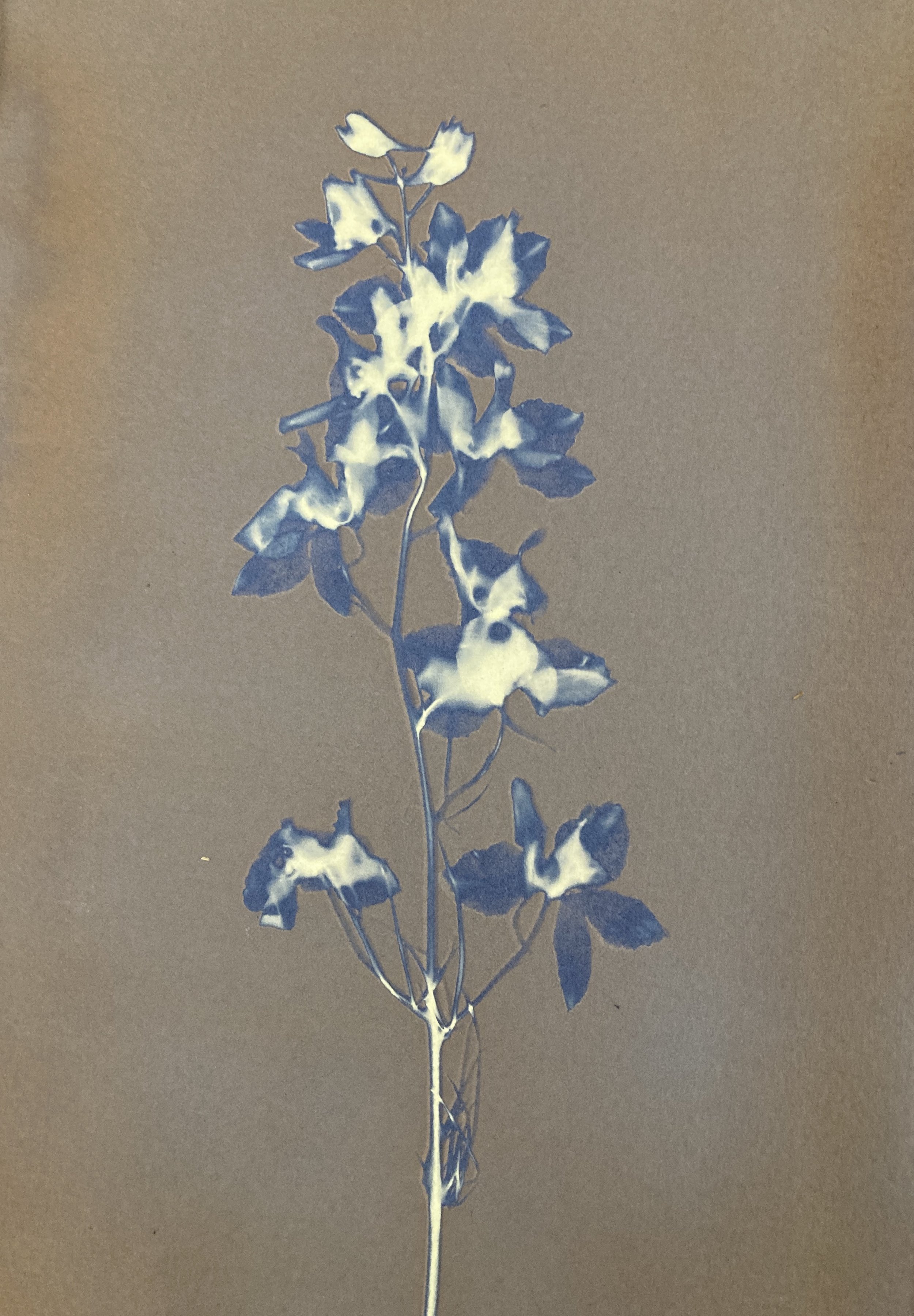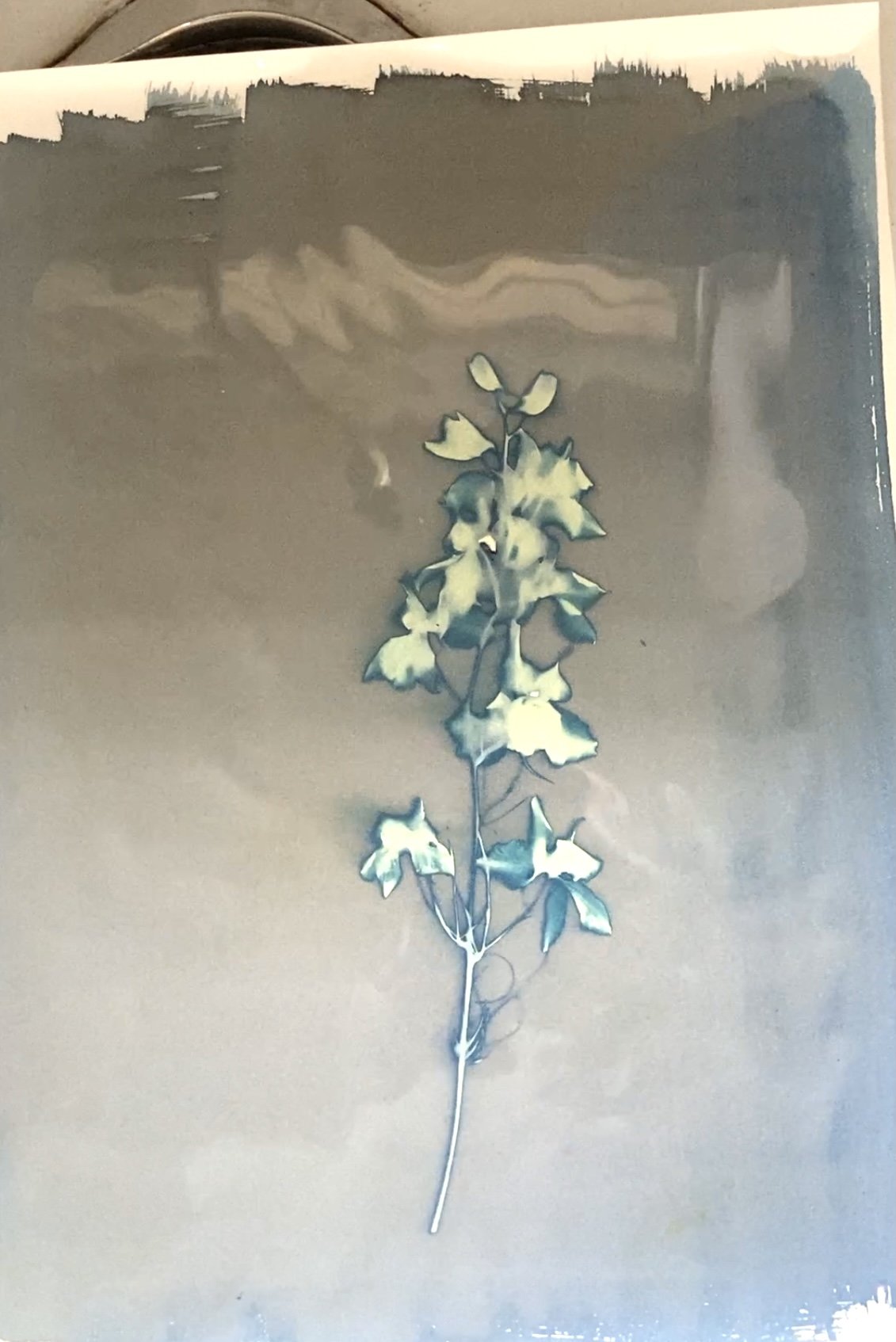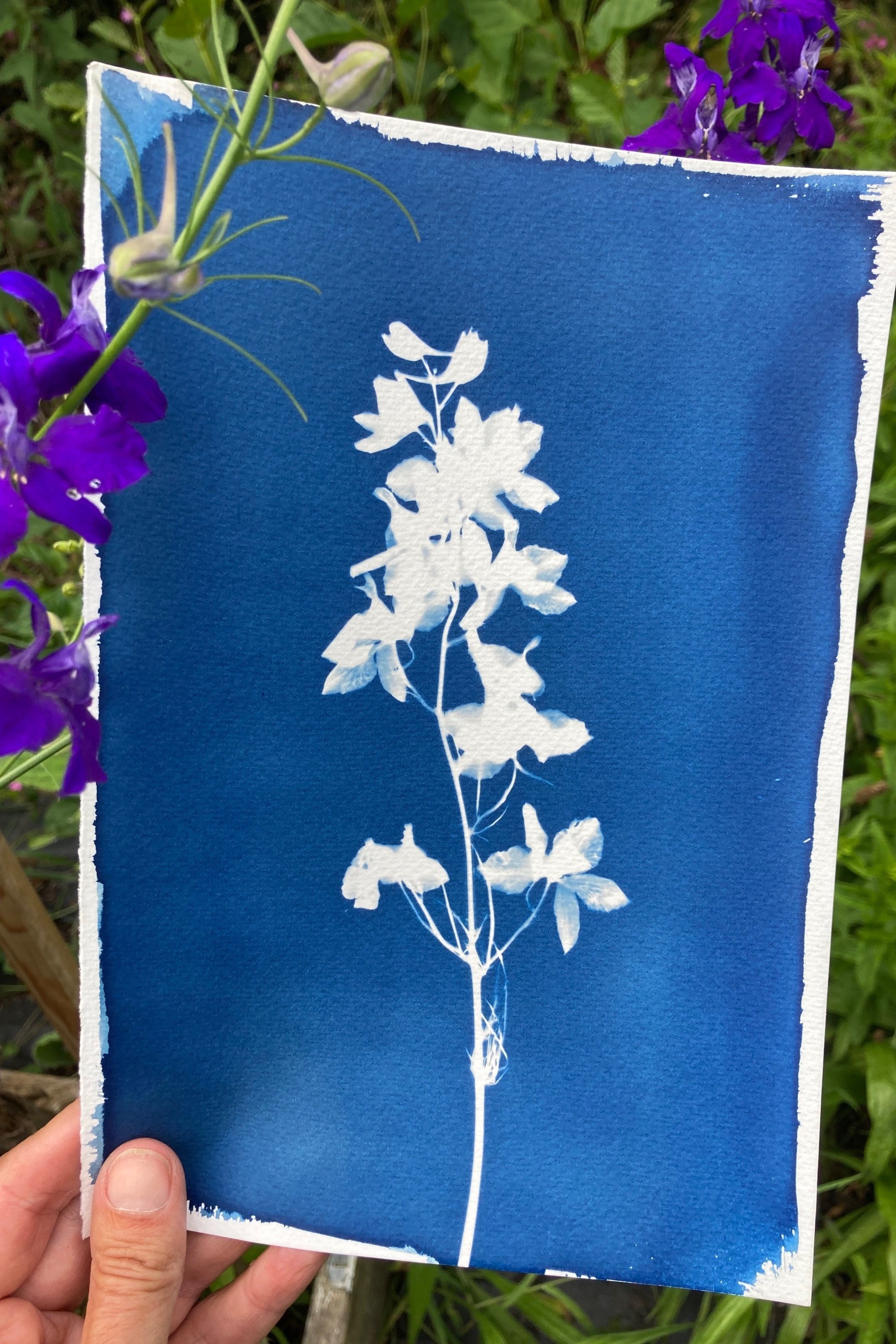All About Cyanotypes
It all started in lockdown when i bought a little cyanotype kit…
In that incredibly warm spring when we seem to have more time on our hands I started experimenting with this process. Day after day of blue skies later I was totally hooked!
So what is it?
Its basically solar powered photography! The sun does the developing and no camera is involved… how cool is that?
A Little bit of History
The cyanotype process dates from 1842 when scientist John Herschell discovered it.
Botanist Anna Atkins created a series of cyanotype limited-edition books that documented ferns and other plant life from her extensive seaweed collection. By using this photogram process, Anna Atkins is sometimes considered the first female photographer.
Cyanotype photography was popular in Victorian England, but became less popular as photography improvedEngineers used the process well into the 20th century as a simple and low-cost process to produce copies of drawings, referred to as blueprints.
The Cyanotype Process
There are 3 stages…
The process begins by coating a piece of watercolor paper with a light-sensitive solution. (A mix of two chemicals, potassium ferricyanide and ferric ammonium citrate. ..sounds scary, but non toxic and eco friendly)
This is left to completely dry, preferably overnight.
In the second stage an object such as this flower is placed on the coated paper, then glass placed on top and clamped down. For best results, the object is flat for good contact - so I often press the plants first.
It is left in the sun to develop - this takes a variable amount of time, depending on the time of day, time of year, and how many clouds pass over! (I love that it’s an inexact science!)
During this time the paper turns from yellow/lime to brown.
When objects such as leaves are placed on the paper they act as masks when it is left in sunlight.
The object is then lifted from the paper leaving a blue/cream image. (This is my favourite part!) It won’t stay like this as it will keep exposing in the light.
The paper is then washed for several minutes in water, and the beautiful cyan blue appears!
Over the next 24 hours the blue deepens to a lovely deep indigo.
So as you can see, its quite a long process, but every stage has its own magic!
I love the surprise element, and the fact that on one level its very easy to do, but its very challenging to get the exposure time just right!
The cyanotype process



